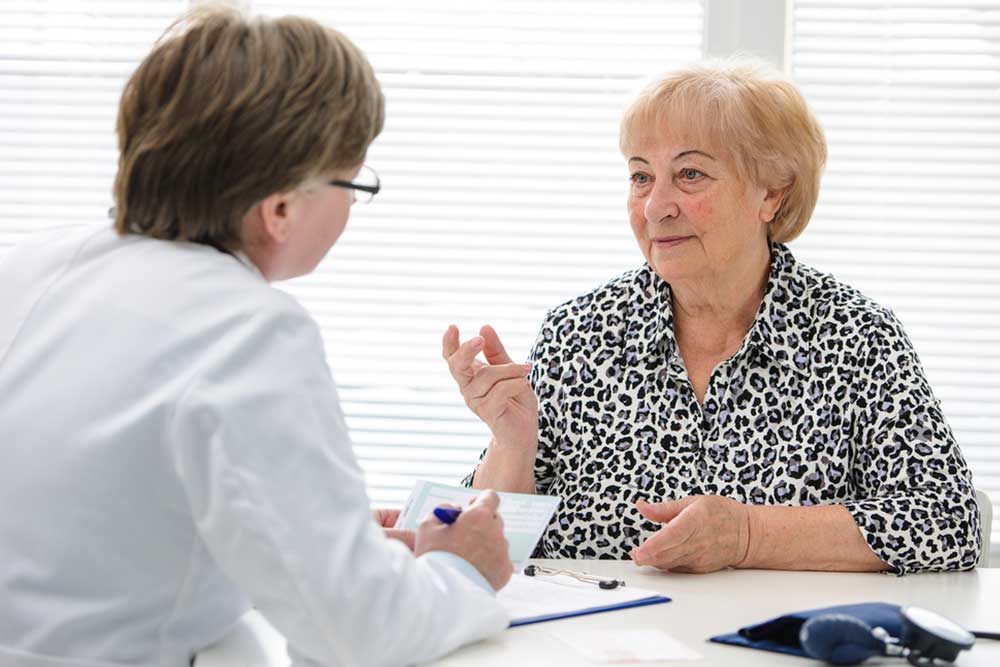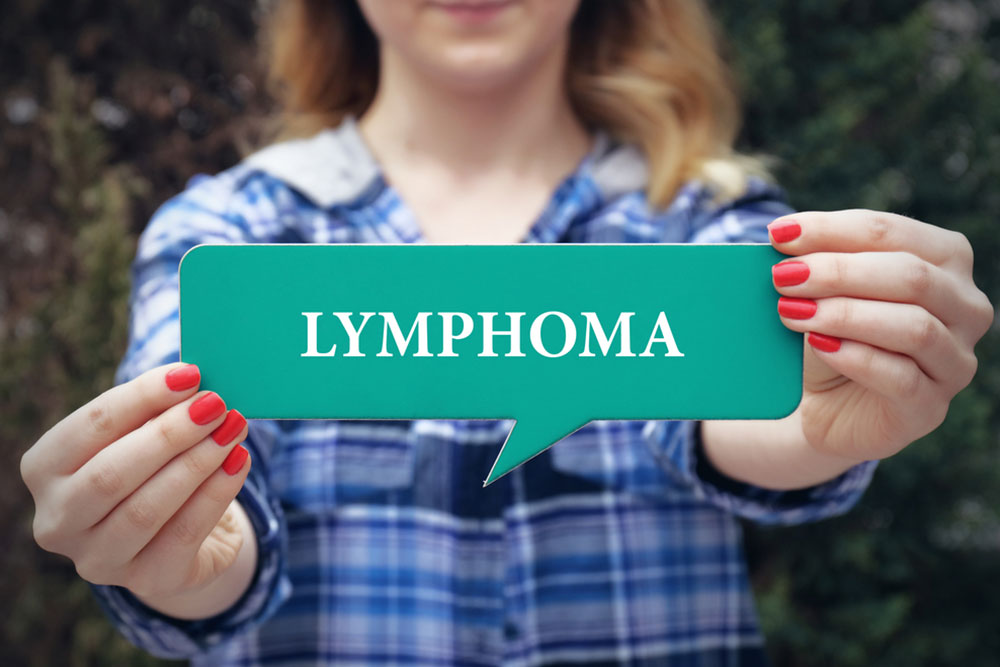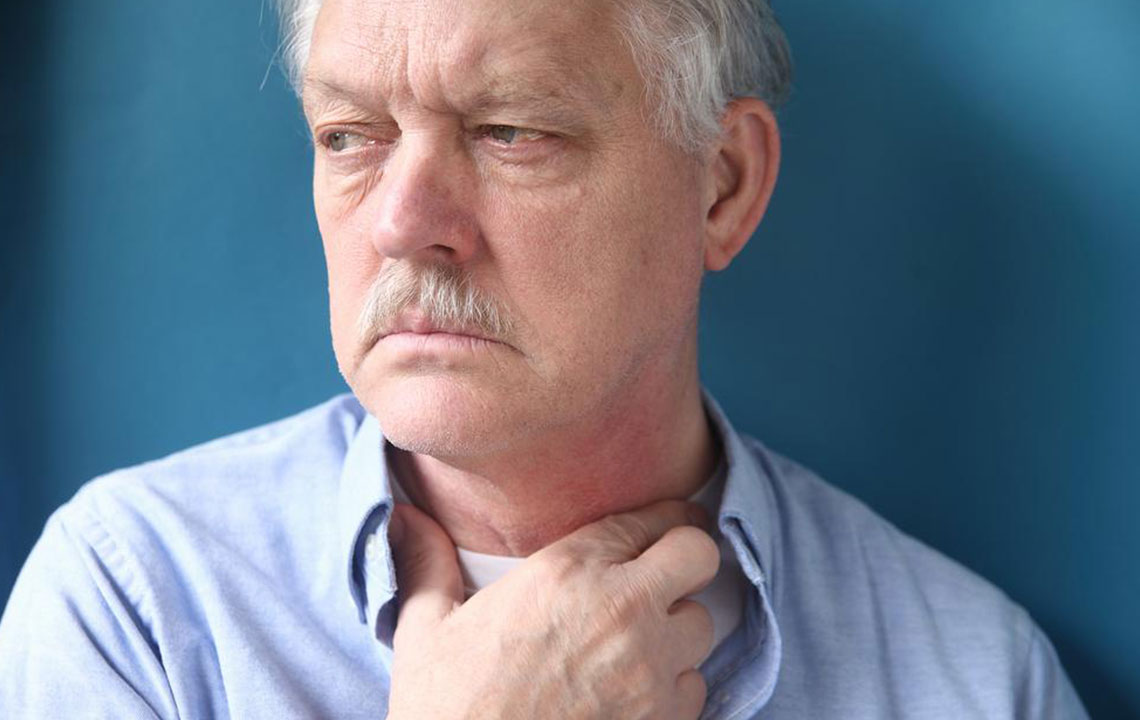Comprehensive Guide to B Cell Lymphoma: Symptoms, Diagnosis, and Treatment Options
This comprehensive guide explores the symptoms, diagnosis, and treatment options for B cell lymphoma, focusing on diffuse large B-cell lymphoma (DLBCL). It emphasizes early detection, advances in therapy such as the R-CHOP regimen, and emerging treatments like immunotherapy. Understanding these aspects helps patients and caregivers recognize warning signs and seek timely medical intervention, improving outcomes and quality of life for those affected by this aggressive lymphoma. The article aims to inform and empower readers with knowledge on managing this serious cancer effectively.

Understanding B Cell Lymphoma: Recognizing Symptoms and Exploring Effective Therapies
B cell lymphoma, especially the aggressive diffuse large B-cell lymphoma (DLBCL), is a type of lymphoid cancer that originates in the B lymphocytes, a crucial component of the immune system. This condition can develop rapidly and spread extensively if not diagnosed and treated promptly. It primarily presents as enlarging lymph nodes, often in the neck, groin, or underarm regions, but it can also affect other organs. Advances in medical research and therapies have significantly improved patient outcomes, with many individuals achieving complete remission. Approximately 75% of diagnosed patients respond positively to treatment, highlighting the importance of early detection and personalized treatment strategies. Ongoing scientific efforts focus on refining existing therapies and developing novel approaches to enhance survival rates and reduce treatment side effects.
Identifying the Symptoms of Diffuse Large B-Cell Lymphoma
The initial clinical manifestation of DLBCL often appears as a rapidly enlarging painless lump or mass, which may sometimes be accompanied by local discomfort. The swift growth of such lymph nodes warrants immediate medical assessment. Depending on the disease's progression, it may involve additional organs such as the stomach, liver, or bone marrow, leading to diverse symptoms. Recognizing these signs early is vital for timely diagnosis and effective treatment. Common symptoms associated with diffuse large B-cell lymphoma include:
Swollen lymph nodes: Usually painless, but they tend to grow quickly and become palpable under the skin.
Itching: A generalized or localized itching sensation may occur without apparent skin irritation.
Breathing Difficulties or Coughing: When lymphoma affects areas near the lungs or chest, patients may experience shortness of breath, chest tightness, or persistent cough.
Unintentional weight loss: A significant and unexplained loss of weight over a relatively short period often signals an underlying malignancy.
Fever and Night Sweats: Persistent fever that does not resolve with usual remedies, along with drenching night sweats, can be indicative of lymphoma activity.
Abdominal or Chest Pain: When the disease involves internal organs, pressure or infiltration can cause discomfort or pain.
Understanding the Diagnostic Process
Upon presentation of symptoms suggestive of lymphoma, healthcare professionals typically pursue a combination of diagnostic procedures. These include physical examinations, blood tests, imaging studies like CT scans or PET scans, and most definitively, biopsy procedures to analyze tissue samples under microscopy. Flow cytometry and immunohistochemistry further assist in confirming the subtype of lymphoma, which is crucial for determining the appropriate treatment plan.
Therapeutic Strategies for Diffuse Large B-Cell Lymphoma
Given its aggressive nature, diffuse large B-cell lymphoma requires prompt and tailored treatment. The primary goal is to eradicate cancer cells and achieve remission. Treatment approaches depend heavily on the patient's age, overall health status, disease stage, and specific subtype. The most common first-line therapy is chemotherapy combined with targeted immunotherapy, notably the R-CHOP regimen. This combination involves five drugs—rituximab, cyclophosphamide, doxorubicin, vincristine, and prednisone—administered cyclically over approximately three weeks. This regimen has become the standard due to its proven efficacy in inducing remission in many patients.
In cases where the disease is particularly aggressive or resistant, additional treatments may include radiation therapy, high-dose chemotherapy with stem cell support, or novel targeted therapies currently in clinical trials. Researchers are also exploring immunotherapy options such as CAR T-cell therapy, which involves modifying a patient's T cells to better attack lymphoma cells. These advancements are promising, particularly for patients with relapsed or refractory disease.
Understanding the differences between Hodgkin’s lymphoma and non-Hodgkin’s lymphoma, especially the subtypes like DLBCL, is essential. These diseases differ in their biological behavior, treatment response, and prognosis. Accurate diagnosis influences treatment choices—while Hodgkin’s lymphoma often responds very well to standard therapies, non-Hodgkin’s lymphomas, including DLBCL, require more aggressive and targeted approaches.
Early diagnosis remains the cornerstone of successful management. If you notice any persistent lymphadenopathy or concerning symptoms, consulting a healthcare professional without delay is critical. Advances in medical research continue to provide new hope for patients, with ongoing clinical trials aimed at improving treatment efficacy, reducing side effects, and increasing overall survival rates.





